Songgyungwan Academy
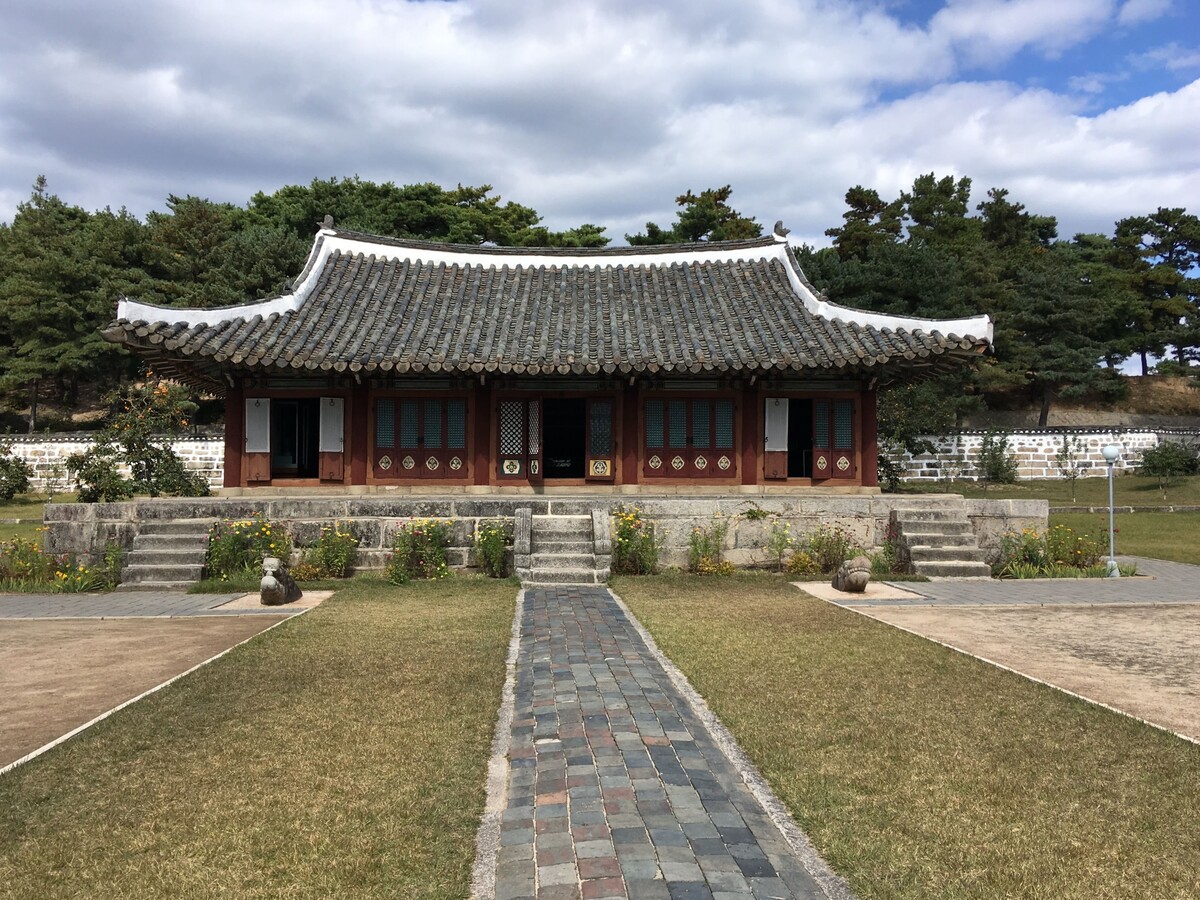
This higher education institution was established in 1089. It has more than 20 buildings, two more than 500 years old ginkgo trees and more than 900 years old zelkova tree.
Sonjuk Bridge
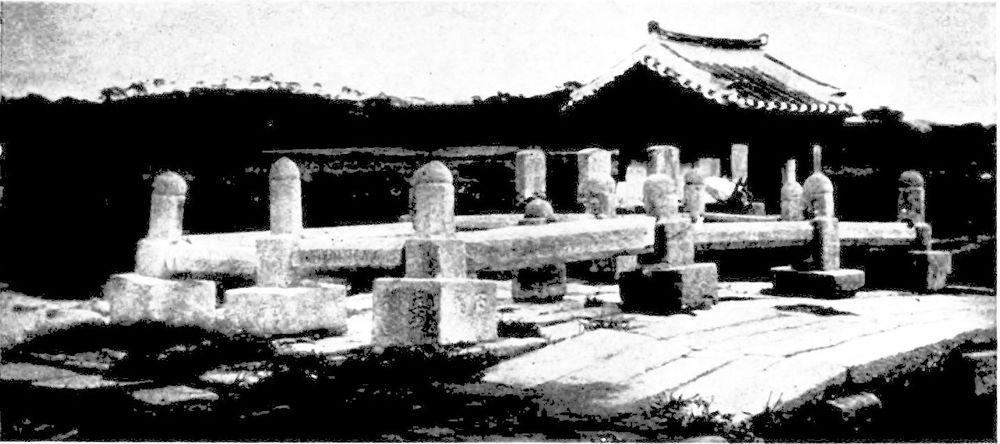
This historical bridge was constructed in 1290. A national monument since 1780, closed to traffic. In 1392 on this bridge was killed the famous scholar and diplomat Jeong Mong-ju, marking the end of Goryeo dynasty. Brown spot on the bridge, reportedly, marks the place of assassination and some tell that it becomes red during the rain.
Pyongyang Bell
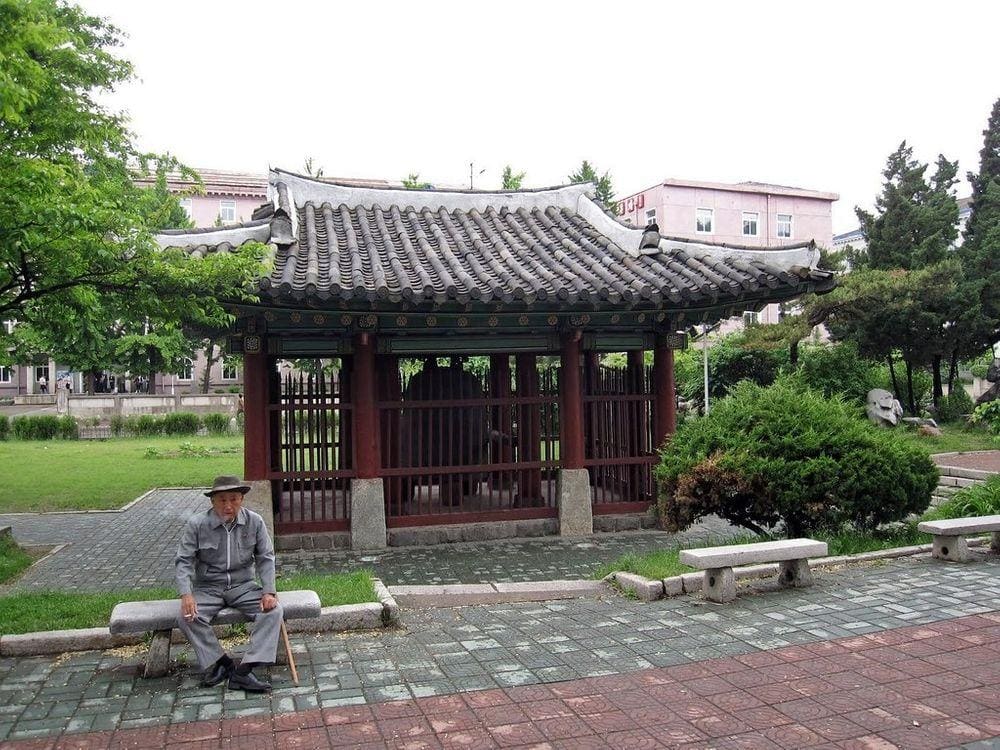
Enormous bell, cast in 1726. The 12.9 tonnes heavy bell is 3.1 m high.
Kyongam Pavilion
Old and ornate pavilion in a scenic place. Initially built in 1798, moved to present place in 1917, restored in 1955.
Yangrung (Tomb of Emperor Sinjong)
Royal burial mound from the 13th century. Although it is in a poor condition, valuable murals of stars and 158 dogs have been preserved.
Tokhung-ri Mausoleum
A royal burial mound, built in 408 AD. Contains decorative paintings showing daily scenes and star constellations.
Kija’s Tomb
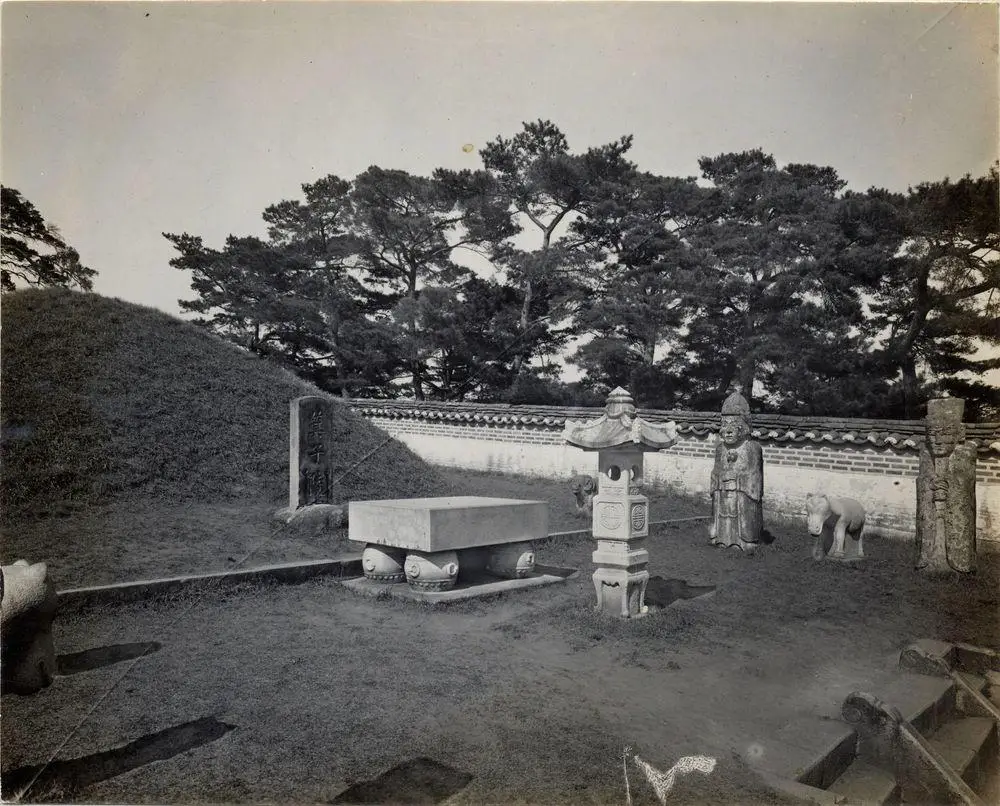
Medieval burial hill. According to legends here is buried Jizi, the legendary first ruler of ancient Gojoseon and founder of Pyongyang in the 11th century BC. Memorial temple was added next to this mound in 1102. Most likely destroyed now.
Kangso Three Tombs
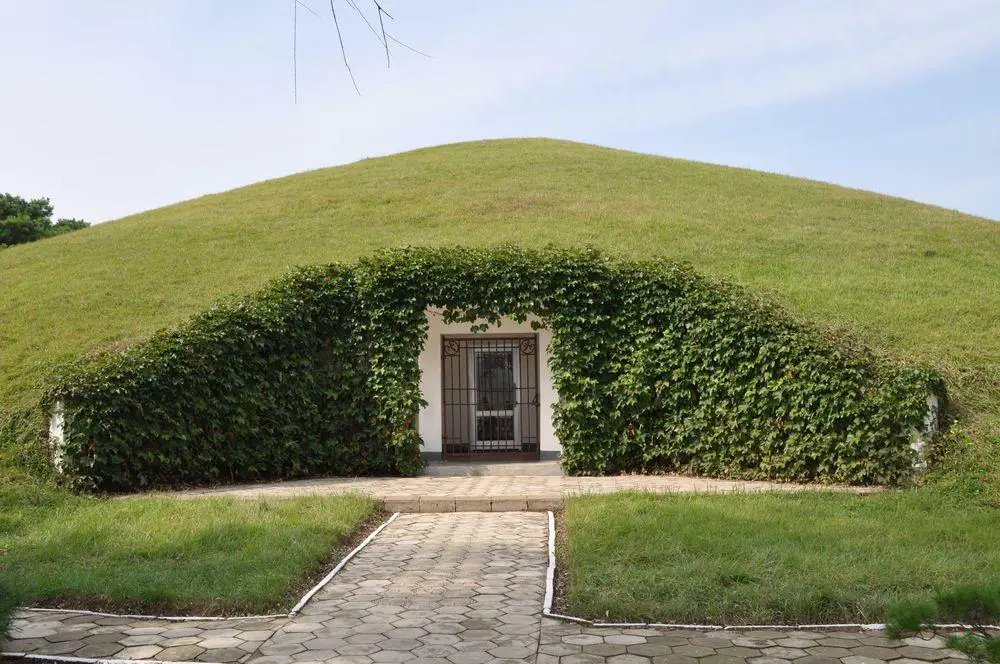
Three mounds – mausoleums from the 7th century. Contain murals that show mythical beings.
Hurŭng Royal Tomb
A mausoleum – two separate burial mounds of the second king of the Joseon dynasty, cosntructed in 1412 – 1419. Adorned with granite carvings, statues of twelve zodiac animals, and other statues.
Hyonrung (Hyollung, Tomb of King Wanggon)
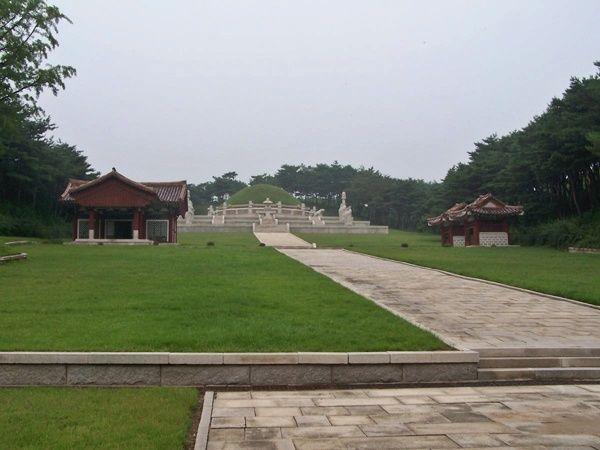
Tomb of Emperor Taejo from the 10th century with ornate decorations.
